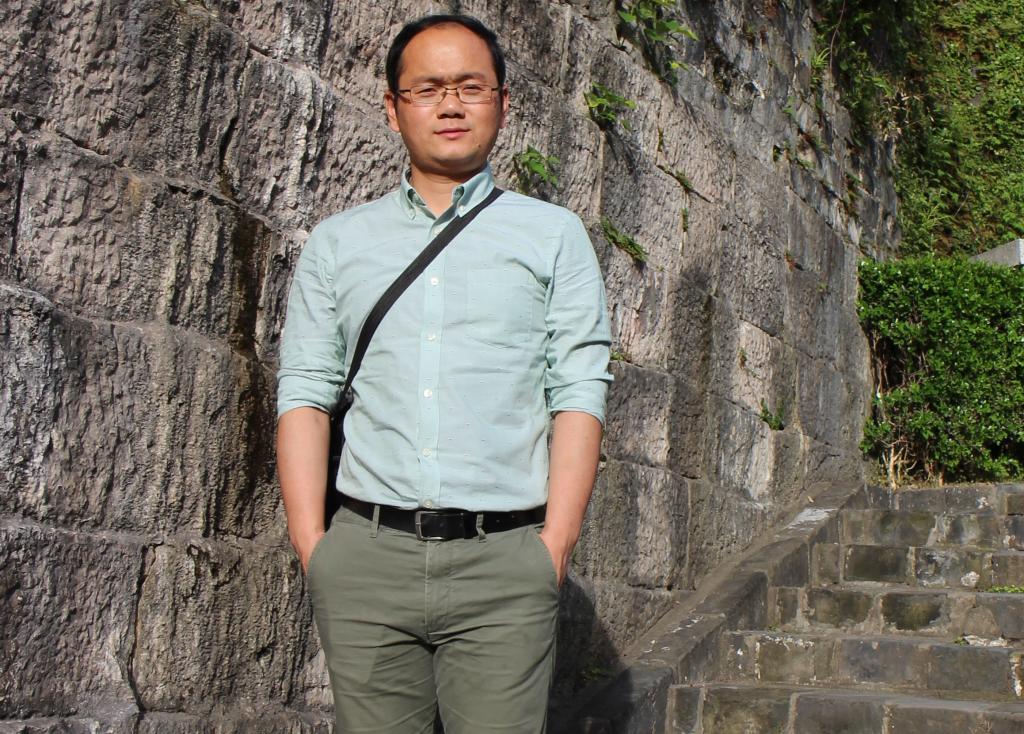
个人简介:
陶大卫,男,1983年生。2000年至2004年就读于安徽大学历史学系,获历史学学士学位,2005年-2012年就读于中国科学院研究生院(今中国科学院大学),其中2010年10月-2011年10月赴法国国家科研中心(CNRS) 里昂Archéorient实验室博士联合培养,相继获理学硕士和理学博士学位。2012年至今就职于郑州大学考古与文化遗产学院,现为教授、硕士研究生导师。
主要研究领域为植物考古和生业考古,目前主要从事中原地区古代生业与社会研究。承担《科技考古》《植物考古》等本科生和研究生课程。曾获2019~2021年度郑州大学优秀共产党员个人荣誉,入选河南省高校哲学社会科学创新人才支持计划(2024年度)、郑州大学人文社会科学创新团队负责人。
研究性论文:
(1) Staple food and possible famine food in Han Dynasty Guanzhong: Archeobotanical and stable isotopic perspectives. Archaeometry,2023, Online.
(2) Human diets, crop patterns, and settlement hierarchies in third millennium BC China: Bioarchaeological perspectives in Zhengluo region. Journal of Archaeological Science (SSCI/AHCI/SCI), 2022, 145: 105647.
(3) Understanding the nature of early agriculture in the Central Plains of China
(ca. 2600BC–221BC): Non-urban settlement perspective through archaeobotanical and stable isotope analysis. Journal of Archaeological Science: Reports (AHCI), 2023, 51: 104162.
(4) Complexity of agricultural economies in the Yiluo region in the late Neolithic and Bronze Age (3500–221BC):An integrated stable isotope and archaeobotanical study from the Tumen site, North China. International Journal of Osteoarchaeology (SSCI/AHCI), 2021, 31: 1079-1094.
(5) Investigating wheat consumption based on multiple evidences: stable isotope analysis on human bone and starch grain analysis on dental calculus of humans from the Laodaojing cemetery, Central Plains, China. International Journal of Osteoarchaeology (SSCI/AHCI), 2020, 30: 1-13.
(6) Agricultural extensification or intensification: Nitrogen isotopic investigation into late Yangshao agricultural strategies in the middle Yellow River area. Journal of Archaeological Science: Reports (AHCI), 2022, 44: 103534.
(7) 古代牙结石残留物的研究进展. 人类学学报,2023年,在线发表.
(8) 生物考古所见两周时期官庄聚落的人群与社会. 人类学学报,2021年第2期.
(9) 河南鹿台遗址炭化植物遗存揭示的新石器时代晚期的人类生计活动. 人类学学报,2022年第1期.
(10) 生物考古资料所见中原地区早期农业进程. 东方考古, 第17辑,2020年.
(11) 基于人牙结石的淀粉粒证据探讨裴李岗遗址先民植物性食物来源. 文物保护与考古科学, 2018年第2期.
(12) 河南荥阳官庄遗址两周时期人牙结石的植物淀粉粒分析. 人类学学报,2018年第3期.
(13) 郑州望京楼遗址二里头文化时期植物资源的利用—来自石器残留淀粉粒的证据. 第四纪研究,2016年第36卷第2期.
(14) 植物考古学与中国农业起源研究. 郑州大学学报(哲学社会科学版),2016年第4期;中国人民大学复印报刊资料•历史学, 2017年第2期全文转载.
(15) 国内若干考古遗址出土小豆(Vigna angularis)遗存的初步考察. 西部考古(第14辑), 2017年.
(16) 炭化植物遗存所见中国古代藜属植物利用. 东方考古, 第20辑,2023年.
(17) The subsistence strategies of Qin humans in the Guanzhong Plain before the establishment of Qin Empire: A combined stable isotope and archaeobotanical approach. Journal of Archaeological Science: Reports (AHCI), 2023, 49: 103967.
(18) The living past:A mural tomb of nomadic elite in the capital Pingcheng of the northern Wei empire (398–494 CE). Archaeological Research in Asia (AHCI),2023, 33: 100419.
主持科研项目:
(1) 2023年度国家社科基金一般项目:多学科视角下郑洛地区仰韶文化中晚期生业与社会研究,进行中。
(2) 2016年度国家社科基金青年项目:中原地区新石器时代中晚期人牙结石的淀粉粒分析研究,已结项。
(3) 中国博士后科学基金特别资助项目:中原地区距今8000-5000年先民食物结构的淀粉粒分析,已结项。
邮箱:han-0071@163.com
